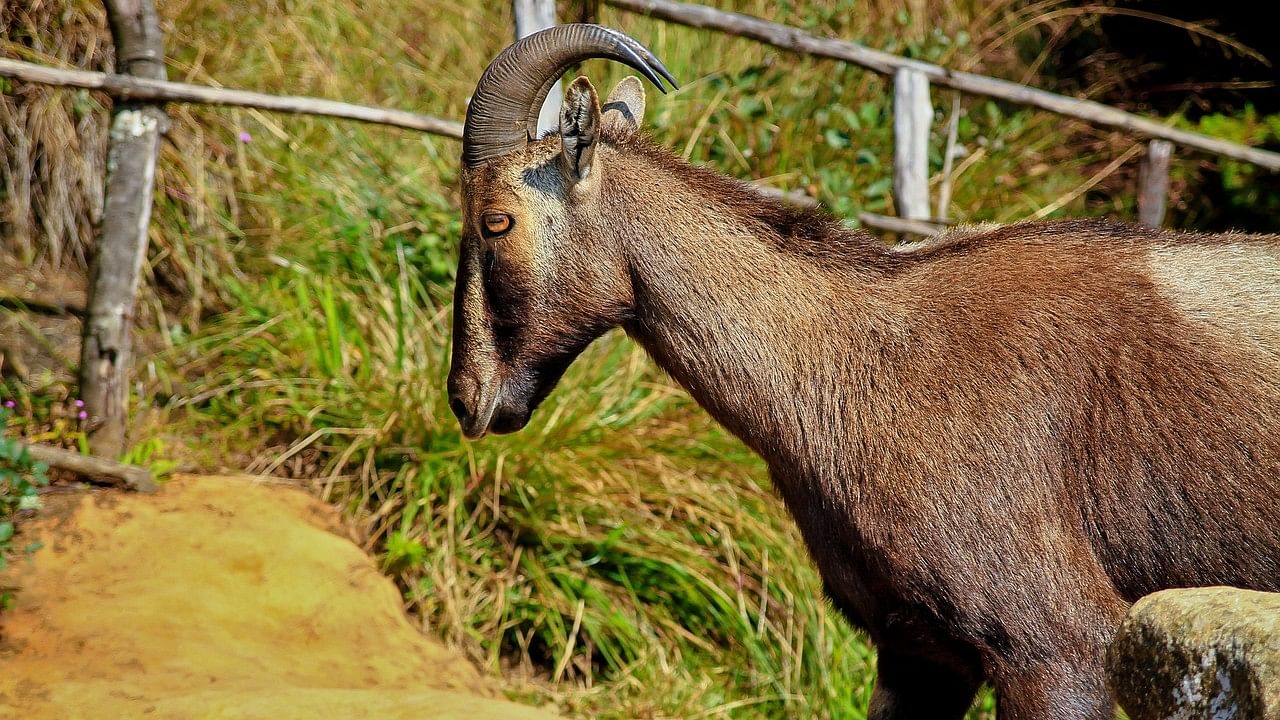
Representative image.
Credit: Pixabay Photo
Ten months after the announcement, the Tamil Nadu government on Thursday launched an exclusive project for the conservation of Nilgiri Tahr, the state animal which once inhabited a large portion of the biodiversity-rich Western Ghats.
Chief Minister M K Stalin unveiled a plaque and distributed books to school students to create awareness about Nilgiri Tahr, which has found rich mention in Tamil Sangam literature such as Chilapathikaram and Civaka Chintamani, and depicted in the Late Mesolithic (10,000-4,000 BC) paintings.
The scheme, which will be implemented at a cost of Rs 25.14 crore, will have nine components including bi-annual synchronized surveys across the divisions, tranquilization, collaring and monitoring of Tahr individuals, re-introduction and monitoring of Nilgiri Tahr, Shola Grassland restoration pilot in Upper Bhavani, and eco-tourism programmes.
The state government has set up the scheme’s project office in Coimbatore and has also appointed a full-time Director, a senior scientist, and four senior research Fellows to undertake various project activities.
Known as Varai Aadu locally, Nilgiri Tahr is an endangered species endemic to the Western Ghats known for their gravity-defying skills in climbing steep cliffs, getting them the nickname Mountain Monarch. It is classified as a critically endangered species in the IUCN red list of threatened species and is protected under schedule-I of the Wildlife (Protection) Act of India, 1972.
Officials said the project will develop a better understanding of the Nilgiri Tahr population, distribution and ecology, re-introduction of the animal to their historic habitats, development of Nilgiri Tahr-based eco-tourism activities at selected sites, and tranquilisation, collaring and monitoring of Tahr individuals.
Historically, Nilgiri Tahr was known to inhabit a large portion of the Western Ghats but today it remains restricted to a few scattered habitat patches in Tamil Nadu and Kerala.
In the past few decades, Nilgiri Tahr has become locally extinct in around 14 per cent of its traditional shola-grassland habitat, officials said, adding that the synchronized surveys to estimate the numbers of Nilgiri Tahr will be done through radio collaring.
The project also aims to restore the original habitat of Nilgiri Tahr and will attempt to re-introduce the species in some of those areas where Nilgiri Tahr originally lived.
According to the World Wide Fund for Nature Report 2015, it is estimated that there are 3,122 Nilgiri Tahr in the wild and the population is divided into five metapopulation blocks based on habitat connectivity.